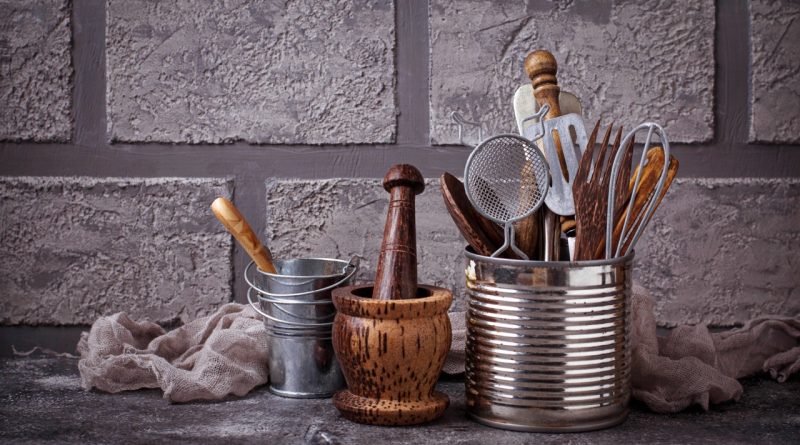Zwilling’s Signature Forging Process Explained
Zwilling, a name synonymous with quality in the culinary world, has established a reputation for crafting exceptional knives through its unique forging process. The Signature Forging Process blends age-old craftsmanship with modern technology, resulting in knives that not only perform admirably but also stand the test of time. This article delves into the art and science behind Zwilling’s forging technique, outlining its key steps, benefits for culinary enthusiasts, and tips for selecting the right Zwilling knives for your kitchen.
The Art and Science Behind Zwilling’s Forging Technique
Zwilling’s forging technique is a masterful blend of artistry and engineering. The process begins with high-carbon stainless steel, known for its durability and resistance to corrosion. This steel is subjected to a unique heating process that ensures an optimal balance between hardness and flexibility. The result is a blade that can withstand the rigors of daily use while maintaining its sharpness and integrity.
Artisans play a crucial role in this process. Each knife is crafted through a meticulous procedure that involves hand-forging techniques passed down through generations. The skill of the artisans ensures that each knife not only meets but exceeds the standards set by Zwilling. This dedication to craftsmanship is what truly distinguishes Zwilling knives from mass-produced alternatives.
Moreover, Zwilling integrates advanced technology into its forging process. Using precision machinery in conjunction with skilled craftsmanship, the company ensures that every knife is uniform in quality and performance. This combination of tradition and innovation creates a blade that is not only aesthetically pleasing but also functionally superior.
Key Steps in the Signature Forging Process Unveiled
The Signature Forging Process at Zwilling involves several key steps that contribute to the high quality of each knife. The first step is the selection of premium steel, which is critical to the knife’s performance. Zwilling uses a proprietary blend of high-carbon stainless steel that enhances the knife’s edge retention and overall durability.
Once the steel is chosen, it undergoes a process called hot forging. This involves heating the steel to a specific temperature and then shaping it under extreme pressure. This step aligns the steel’s molecular structure, resulting in a blade that is both tough and flexible. After forging, the knives are subjected to a precise heat treatment that further enhances their hardness, allowing them to maintain a razor-sharp edge.
The final steps include grinding, honing, and polishing. Each blade is carefully ground to achieve the desired edge angle, followed by honing to refine the sharpness. The polishing process not only enhances the knife’s visual appeal but also adds a layer of protection against corrosion. By the end of this process, each knife embodies Zwilling’s commitment to excellence and craftsmanship.
Benefits of Zwilling’s Forging for Culinary Enthusiasts
Culinary enthusiasts will find numerous advantages in Zwilling’s forged knives. One of the most significant benefits is the exceptional sharpness and edge retention. Thanks to the high-carbon steel and the precise forging techniques, these knives can maintain their sharp edges longer than many competitors. This means less time spent sharpening and more time enjoying the cooking experience.
Another benefit is the balance and weight of the knives. Zwilling’s forging process allows for an even distribution of weight, which translates to better control and comfort during use. This ergonomic design minimizes hand fatigue, making it easier for chefs of all levels to perform intricate tasks without discomfort.
Additionally, Zwilling knives are designed for versatility. From chef’s knives to paring knives, each piece is tailored to meet specific culinary needs. The durability of the forged knives also means they can handle a variety of tasks, from chopping vegetables to slicing meats, making them a valuable addition to any kitchen.
How to Choose Zwilling Knives for Your Kitchen Needs
Selecting the right Zwilling knife for your kitchen requires understanding your cooking style and needs. Start by assessing the types of meals you prepare most often. If you frequently chop vegetables or prepare intricate dishes, a high-quality chef’s knife may be your best option. Zwilling offers various chef’s knives in different sizes, allowing you to choose one that feels comfortable for you.
Consider also the specific tasks you perform in the kitchen. For instance, if you often work with delicate ingredients like herbs or fruits, a paring knife would serve you well. Zwilling’s collection includes specialized knives, making it easy to find the right tool for your culinary endeavors.
Finally, think about the maintenance and care involved. While Zwilling knives are designed to be durable, understanding how to properly maintain them is essential for longevity. Investing in a knife block or magnetic strip for storage, along with a quality honing rod, will ensure your knives remain in peak condition for years to come.
Zwilling’s Signature Forging Process exemplifies the marriage of traditional craftsmanship with modern technology, resulting in knives that are not only aesthetically pleasing but also highly functional. Understanding the nuances of their forging technique, the key steps involved, and the benefits for culinary enthusiasts can significantly enhance your cooking experience. By choosing the right Zwilling knives tailored to your kitchen needs, you can elevate your culinary skills and enjoy the art of cooking to its fullest.
